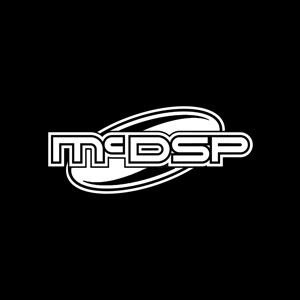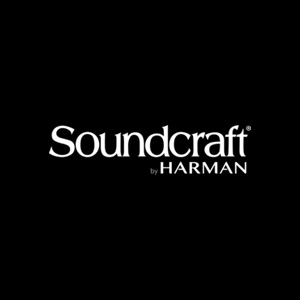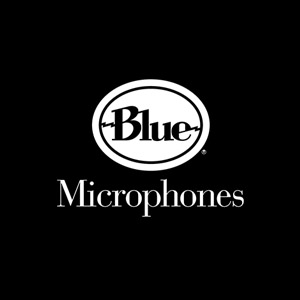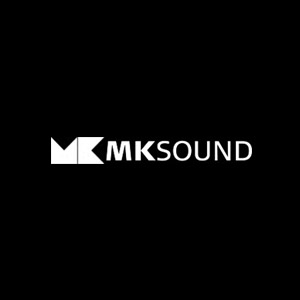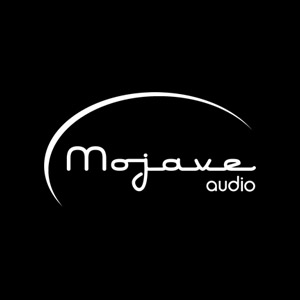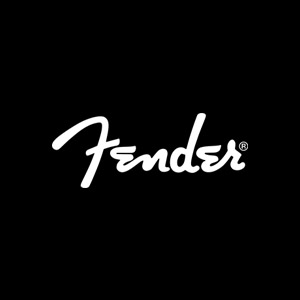The Telefunken Experience

The Conservatory, as any good recording school or studio should, has a broad mic collection. We have a wide range of virtually any mic that you could need, from dynamic to condenser, and even some ribbons thrown in for good measure. Recently, we were able to acquire a couple sweet new mics and give them a little bit of a test run. Overall, I would have to say that I am very impressed.
Even at the unboxing, I could tell that these mics were special. The presentation of the mics, each in its own custom wood box, fitting perfectly on its cushion of a velour pillow. Light was vibrantly scattered around, reflecting off of the pristine and untouched metal accents of the frame and grill. Angled in the right direction, you could see the gold of the diaphragm winking out at you from behind the mesh screen. At a mere glance, you can tell that a lot of time and work went into producing these mics, and if the fit and finish on the outside is that impressive, you can only expect that the inner workings of these mics to be fantastic.
So what did we get?
To start off with, we have a stereo pair of ELA M 260s. These are relatively thin tube condenser microphones, and they have interchangeable capsules, allowing you to use either cardioid, hyper-cardioid or omnidirectional polar patterns.
We really wanted to see the capabilities of these new Telefunken mics specifically, so with the ELA M 260s, we placed them in an XY configuration directly above drummer Dowell Davis’ head. The ELA M 260s did a great job at providing a crisp, clean and very full stereo perspective. We decided not to mic up the high hat, and we didn’t need to. The blend of the hat with the rest of the kit through this XY setup was perfect – not too harsh, not buried, just right where it needed to be.
The next pair of mics they set up were from Telefunken’s R-F-T line. Originally, R-F-T was the German phrase “Radio Fernseh Technik”, which stands for Radio TV Equipment, but hails back to the early engineering days of handcrafted technical equipment in Europe.
While not an exact matched pair, they set up the AR51 and the AK47 [interesting names for mics, right?] as a Mid-Side configuration. Mid-Side miking is a technique where you put one mic in a Figure 8 polar pattern, angled to catch the width of the drum set. Then you add another mic in cardioid configuration, aimed down towards the center of the kit. Through a little magical matrixing manipulation, you end up with three channels of audio – by duplicating and panning the Figure 8 signal hard left and right, and reverse the phase on one channel, then bringing up the cardioid signal, you can get a very interesting stereo spectrum. By adding more or less of the Mid channel, you can really focus in on certain elements of the kit.
The AR51 and AK47 worked wonderfully for this technique. Without the ELA M 260s, they sounded great as a real tight, close up drum feeling. The kick drum was vibrant and the snare had a great thickness to it that really popped out. Mixing in the XY perspective with this Mid Side combo really filled out the drum kit and gave it some airiness. I feel like with those four mics, and maybe one kick mic, you could have a perfect drum recording with very few mics.
The fifth and final mic that we got was the CU-29 “Copperhead”. Since this mic is cardioid only, they put it up above and behind the drummers head, aimed down towards the snare. This provided a great full range perspective, and brought some brightness into the room, without making it sound brittle. The Copperhead flavored the kit, allowing the upper frequencies of the cymbals to clearly ring out, while smoothing out the mid range, but still having a good amount of power in the bass. The song we were tracking to was an interesting up-beat modern rock type song, and these mics fit that genre well, but listening to the drums on their own, these Telefunken mics give a great vintage, but super clear sound that would be great in blues music as well.




